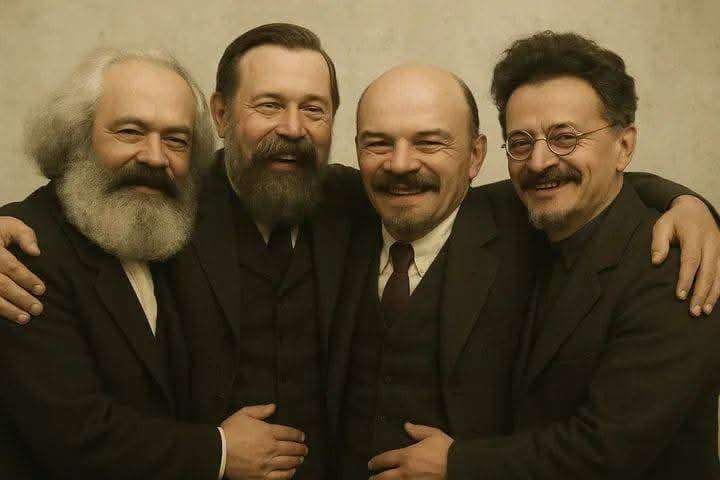First and foremost, Thileepan is a LTTE soldier. The LTTE and Tamil nationalism (in its most regressive form) were represented by him. The many Sinhala literatures I am stumbling across these days have lost sight of the fact that he was a member of a death squad that killed Tamils who opposed the ideology of the LTTE brand of nationalism. His premediated suicide served as a political strategy that consequently laid the foundation for the suicide politics/culture of the Tamil Tigers. Thileepan, as a soldier, at no point embodied non-violent politics except the way he died. So, it is borderline nauseating to see the rigorous and ardent efforts to whitewash his image. It echoes the way Sinhala nationalists portray the military’s conduct against Tamils as humanitarian. There is nothing humanitarian in either.
Despite opposition from Thileepan’s family on this political suicide, the LTTE’s used him for their political advantage as he held an important military rank. One of the pivotal moments in the LTTE’s history was this suicide, as it served as a catalyst for mobilizing the masses on their rapidly fading reputation as a ruthless militia.
In the Kanthan Kurunai massacre (1987), 63 Tamil detainees (civilians and youths who surrendered from other rebel groups) were killed by the LTTE. Thileepan has been accused of involvement by the families of the victims. Moreover, he was directly involved in the abduction of a student from Jaffna University, who has yet to be found. This is very far from the imagery intentionally invented with careful omission of important facts to elevate a murderer to a martyr.
Thileepan had killed Tamils who are equally Tamil as him. Therefore it is problematic to make an icon of him to sooth the guilt ridden Sinhala conscious. In addition, it’s one of the low points of Sinhala ‘liberal politics’ when it started draw affirmation from all the wrong things from the Tamil struggle. Clearly, this is an insult to the vibrant political resistance of Tamils before the LTTE monopolized it. These Sinhalese have made everything wrong about any nationalism into a moral standpoint which they have learned from their Sinhala nationalist counterparts who obviously set such a precedence. Consequently, such hypocrisy blinds us to the political reality of victims by creating mythological images of criminals and murderers, and Thileepan is a classic example of that.
Jarith Janapriya, whose article is being widely circulated these days, he has admitted to lying in his article with respect to Thileepan, to appease the Sinhala mind. In other articles of a similar nature, important facts are omitted that would challenge the meticulously crafted image of Thileepan.
The two dominant nationalism in Sri Lanka will be remembered as man eating beasts. A closer look will only reveal that nationalisms produce an endless circle of violence – genocide and ethnic cleansing are among the most obvious. A support for any nationalism, whether based on racial pride or pity, can only have a disastrous outcome, as we have already witnessed. As opposed to solving the problems of Tamils and Muslims, the bleeding hearts of the Sinhalese have been responsible for creating other political issues. In their political imagination Muslims and others (including Tamils) hated by the LTTE do not exist. Even while attempting to escape their Sinhala origins, they continue to affirm that they are very much Sinhalese. In the end, it has been Tamils and Muslims who have been forced to bear the burden of their psychological struggles and identity crises on their shoulders. These Sinhala defenders are infantilizing and patronizing Tamils who have a history and culture of vibrant political resistance and struggle against the state, since they choose Tamilphilia as their political strategy instead of treating Tamils as Tamils, which requires acknowledging their full humanity (the good, the bad and the ugly). This is also where one could see the romanticism of Tamils and their cultural symbols instead of identifying genuine Tamil grievances.
On the other hand, Rajani Thiranagama who critiqued the Sri Lankan government and the Tamil militia was killed by LTTE. I am certain that the Sri Lankan government was as relieved by the killing as the LTTE was. Her voice spoke for Tamil people who had been mercilessly oppressed both by the Sinhala Buddhist state and the Tamil militia, a history in which Thileepan doesn’t go unscathed. Rajani and her work are therefore marginalized. While she remains a labelled a traitor hated by state and Tamil nationalist, a killer has gotten his reputation re-done with embellishments. However, history is something that transcends all of us. No amount of propaganda is strong enough to make a killer a saint.
By this, let’s not get carried away into assuming what Sinhala Buddhist nationalist and chauvinistic elements did was right. These are the forces that created a necessity for a figure like Thileepan to emerge in the first place. However, one wrong doesn’t make another right.
Finally, this post is not targeted at anyone. No one is so important that I can’t name them directly in my political engagement. I didn’t write this in Sinhala as my vocabulary doesn’t permit to express eloquently.
I hope sanity prevails in politics.
-By Shifana Nias
![]()




